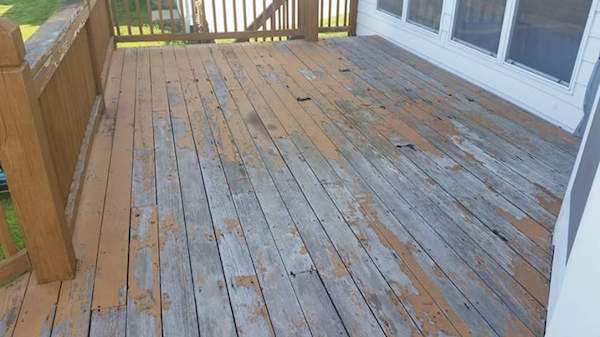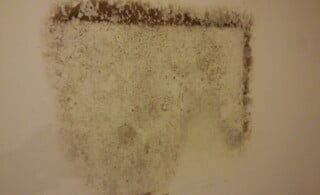
Don’t let the name fool you. Dry rot is all about being wet. This fungus loves moisture, wood, and tends to hang out in the dark, hidden places of your home. Unfortunately, unless you take preventative steps to protect your home, there’s a good chance that by the time you notice dry rot, it will have already done extensive damage to your home. This pattern of behavior and detection has led service professionals to call it the “cancer” of a home.
The dry rot fungus grows strands that allow it to “jump” over areas of dry or inert surfaces such as brick and mortar. These strands can extend up to two yards and act as a bridge to transport nutrients. This led professionals to initially believe that dry rot could “attack” dry wood. In fact, these strands don’t transport nearly enough nutrients and while the fungus can travel over inert materials without finding additional moisture and wood, it can’t spread any further.
Identification
Most often, the fungus looks like sheets of cotton. If the fungus spreads into exposed areas of the home, sunlight may cause it to have a yellowish tint. When the fungus is allowed to progress into more advanced stages of growth, fruiting bodies will appear. These fruiting bodies are dark orange and shaped like a bulging pancake. They also have corrugations that may remind you of a brain. While the detection of a fruiting body is a sign of an advanced problem, you should always immediately address the presence of dry rot in your home.
Ready to start your dry rot?
Find ProsDry Rot Removal
In principle, dry rot removal is not difficult. The affected wood must be replaced and the source of water ingress must be cut off. Without moisture, the fungus will stop growing and eventually begin to die. The moisture rate for the damaged area must drop below 20% to achieve adequate cessation for your dry rot removal. Of course, the real problem can be gaining access to the water source and damaged timbers. Wall plastering may need to be removed and replaced. This may become an expensive proposition if the wood framing behind the walls is deemed to be at risk. Depending on the extent of the damaged wood, the structural integrity of your home may need to be evaluated.
Prevention and Detection
For most homes, the existence of excess moisture can be the biggest contributing factor for any number of problems. Nearly everything in your home has a reduced lifetime under moist conditions. You should have your home periodically checked for increased moisture levels. These levels may fluctuate during the different seasons, but a professional will be able to recognize abnormal, high-risk moisture levels.
Technology now exists to specifically detect dry rot in the home. Still in its early stages, the technology is mostly used to ensure total dry rot removal as opposed to prevention or early detection. If you think you a dry rot problem or believe your home is nurturing common moisture-related problems, a prompt response can save you bundles of money in eventual treatment.
 Lead Paint Common Sense
Lead Paint Common Sense  How Do I Get Rid of the Moldy Odor in My Basement?
How Do I Get Rid of the Moldy Odor in My Basement?  The Reason for Mold Inspection
The Reason for Mold Inspection  Guide to Room-by-Room Repairs for Easy Accessibility for Disabled Loved Ones
Guide to Room-by-Room Repairs for Easy Accessibility for Disabled Loved Ones  Pool Safety Guide for Homeowners
Pool Safety Guide for Homeowners 

Are You Familiar With This Topic? Share Your Experience.